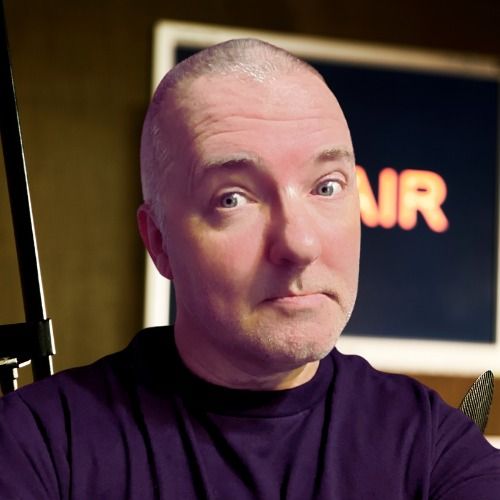Episode 103
Top 3 Editing Options for Great Podcast Audio Every Time
Good audio quality is crucial for enhancing the overall listener experience in podcasting. Here are my top three processing options to get great podcast audio every time.
Additional reading and listening:
- How to do loudness: the LUFS and LKFS FAQ for podcasters
- 10 Tips for a Great Sounding Podcast
- Why You Should Use the Correct LUFS Setting for Your Podcast - One Minute Podcast Tips
Products I Use for One Minute Podcast Tips
Note: these may contain affiliate links, so I get a small percentage of any product you buy when using my link.
My equipment:
- RODE NT1-A large diaphragm condenser mic
- Rodecaster Pro II audio production studio
- Sony MDR-7506 Studio Monitor Headphones
- Elgato Wave Mic Arm Low Profile
Recommended resources:
- Captivate.fm podcast hosting, distribution, analytics, and monetization
- Kit email marketing
- Boomcaster remote recording and live streaming
- Hindenburg Pro recording and editing
- Auphonic AI assistant for audio post production
- Fourthwall merch stores for creators
One Minute Podcast Tips is a podcast education show brought to you by Danny Brown.
If you enjoy the show, I'd love for you to leave a rating or review on your favourite podcast app!
And please let your friends and other podcasters know they can listen for free on Spotify and Apple Podcasts, as well as their preferred podcast app, or online at One Minute Podcast Tips.
Winner of the Best Podcast Tips Podcast in the 2024 Ear Worthy Independent Podcast Awards.
Mentioned in this episode:
Recommend the show
Help your friends and other podcasters discover One Minute Podcast Tips, by sharing/recommending this episode and/or the show with them!
Join the One Minute Podders membership for exclusive perks!
You're a serious indie podcaster looking to go beyond the one minute tips offered in each episode. You want to connect with like-minded podcasters as well as ask your own specific questions. Perfect - the One Minute Podders membership is just for you, with invite-only monthly live streams, early access to episodes 48 hours before anyone else, and a link to your podcast in the show notes.
Support One Minute Podcast Tips
This podcast uses the following third-party services for analysis:
OP3 - https://op3.dev/privacy
Transcript
If you're a regular listener to the show, you'll know how often I talk about the listener experience and why good audio is key to making that experience the best it can be. While there are a lot of tools to help with that, here are my top three options to use no matter what editing software you have.
One: EQ or Equalization. This lets you adjust the frequencies of the audio. So for example, if you want to lower or increase deeper sounds like bass, or or you want to emphasize higher frequencies like treble or midrange based on a speaker's voice.
Number two: Compression, and this helps smooth the overall levels of your audio, which makes it a lot easier and more comfortable to listen to.
And number three is Normalization. Podcasting has a setting called LUFS, and that's the default loudness for the majority of the industry and podcast apps to help all audio stay at the same volume. The defaults are minus nineteen LUFS for mono audio and minus sixteen LUFS for stereo.
And I've spoken before about LUFS and why it's important in episode ninety two, so I'll leave a link to that in the show notes so you can check it out. While there are other options you can use - DeEsser, for example, if you have a more sibilant tone to your voice- these are my three go to options I use on every edit, to ensure a consistent and hopefully enjoyable listening experience.
Until the next time, happy podcasting.






